Thoughts on an old bathroom? (DIY)
anele_gw
12 years ago
Related Stories
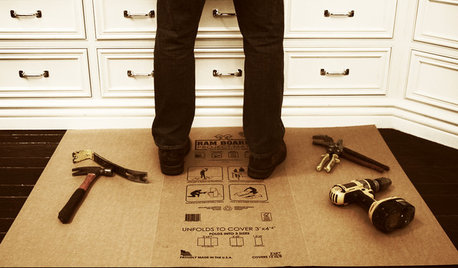
BATHROOM DESIGNOut With the Old Tile: 8 Steps to Prep for Demolition
This isn't a light DIY project: You'll need heavy-duty tools and plenty of protection for your home and yourself
Full Story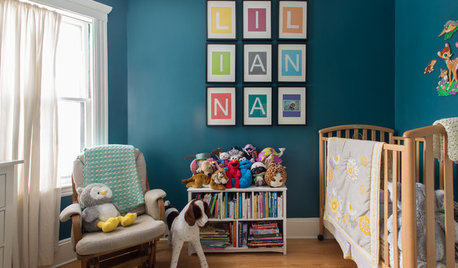
HOUZZ TOURSMy Houzz: Thoughtful Updates to an Outdated 1900s Home
Handmade art and DIY touches bring a modern touch to a classic Boston-area home
Full Story
UNIVERSAL DESIGNMy Houzz: Universal Design Helps an 8-Year-Old Feel at Home
An innovative sensory room, wide doors and hallways, and other thoughtful design moves make this Canadian home work for the whole family
Full Story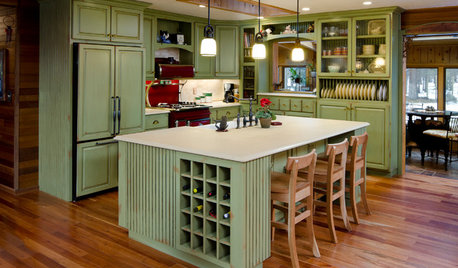
MOST POPULARHow to Reface Your Old Kitchen Cabinets
Find out what’s involved in updating your cabinets by refinishing or replacing doors and drawers
Full Story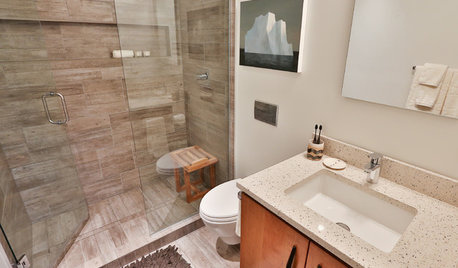
BATHROOM DESIGNSee 2 DIY Bathroom Remodels for $15,500
A little Internet savvy allowed this couple to remodel 2 bathrooms in their Oregon bungalow
Full Story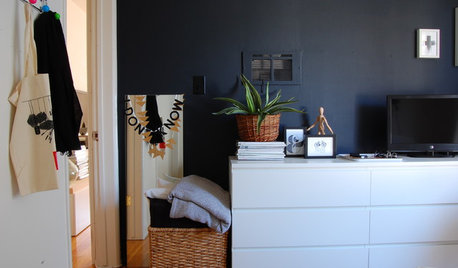
SMALL HOMESMy Houzz: Cool Monochrome Vibes and DIY Touches in a Rental
L.A. apartment dwellers work colorful prints and keepsakes into their thoughtfully decorated 750-square-foot home
Full Story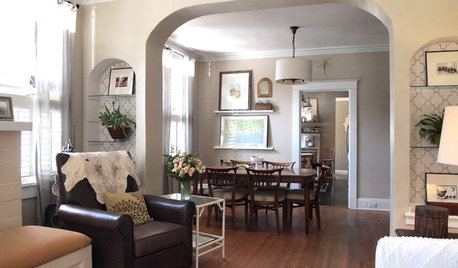
HOUZZ TOURSMy Houzz: Casual, Thoughtful Design for a 1920s Bungalow
A couple turn a neglected, run-down home into a charming, comfortable place to raise their 4 children
Full Story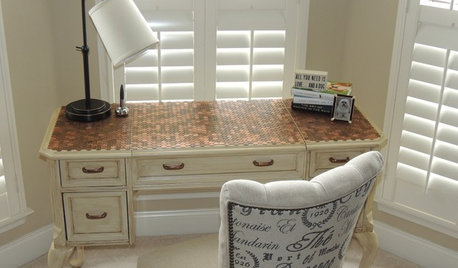
DIY PROJECTSReinvent It: Penny for Your Thoughts on This Antiqued Table?
Let's take it from the top. Make over a routine table with pennies and antiquing for a unique new look
Full Story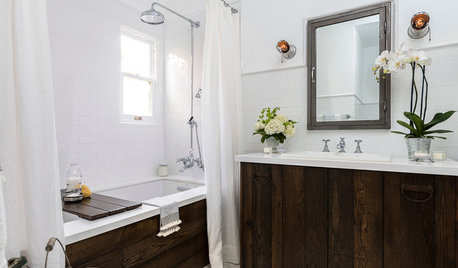
BEFORE AND AFTERSOld Hollywood Style for a Newly Redone Los Angeles Bath
An ‘NCIS’ actor gives her 1920s classic bungalow’s bathroom a glam retro makeover
Full Story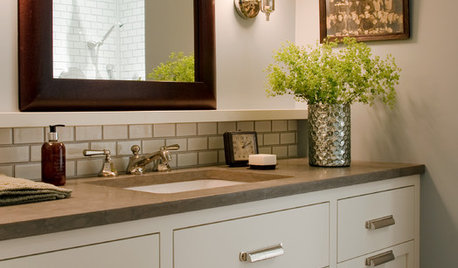
BATHROOM DESIGNOld-School Swagger for a Modern Bath
Sepia photos, a leather-look floor and crisp finishes make for a room that’s dapper but appeals across the board
Full StorySponsored
Columbus Design-Build, Kitchen & Bath Remodeling, Historic Renovations
More Discussions







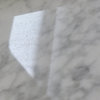

gmp3
yayagal
Related Professionals
East Peoria Kitchen & Bathroom Designers · Southbridge Kitchen & Bathroom Designers · Citrus Park Kitchen & Bathroom Remodelers · Athens Kitchen & Bathroom Remodelers · Brentwood Kitchen & Bathroom Remodelers · Hickory Kitchen & Bathroom Remodelers · Phillipsburg Kitchen & Bathroom Remodelers · North Chicago Kitchen & Bathroom Remodelers · Pleasanton Glass & Shower Door Dealers · Kissimmee Glass & Shower Door Dealers · Hopkinsville Cabinets & Cabinetry · Prospect Heights Cabinets & Cabinetry · Whitehall Cabinets & Cabinetry · Creve Coeur Window Treatments · Baytown Window Treatmentsanele_gwOriginal Author
Fori
anele_gwOriginal Author
desertsteph
anele_gwOriginal Author
pricklypearcactus
anele_gwOriginal Author
kmcg
colorfast
lazy_gardens